Last-Minute NYC Holiday Gift Guide 🎁
We’ve created a holiday gift guide with presents for the intrepid New Yorker that should arrive just in time—


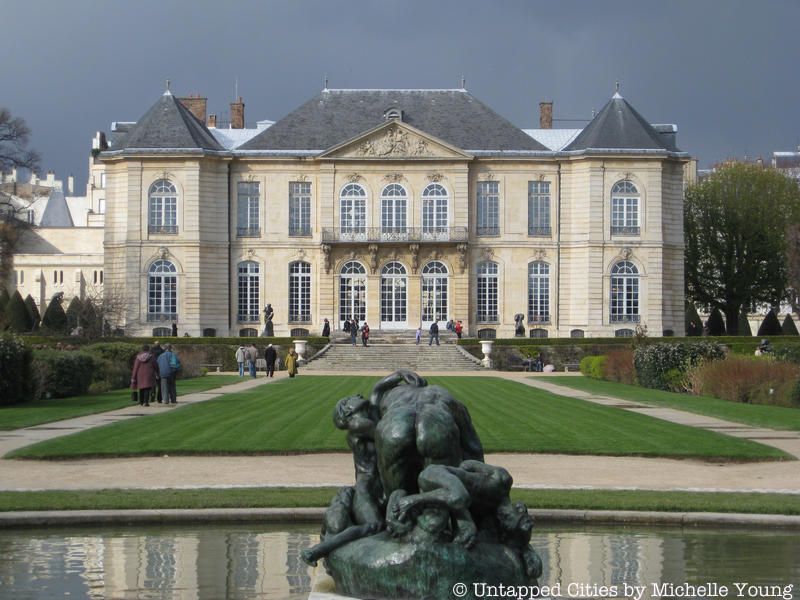
Musee Rodin
French people sometimes say that Parisians go to museums as frequently as they go to the bathroom. And with good reason. Museums are as ubiquitous in Paris as taxis are in New York. And not just the big ones like the Louvre and the Musée D’Orsay. Paris has been home to some of the greatest artists in history: Monet, Manet, Renoir, Degas, Pisarro–and those are just the Impressionists. Then there are the Post-Impressionists, the Cubists, the Fauvists, the Abstract Expressionists, not to mention the sculptors, photographers and conceptual artists. Many of their studios have been converted into museums for the benefit of Parisians and visitors alike. Here’s the Untapped guide to the Top 5 Museums that Used to Be Artist’s Studios.
No trip to Paris is complete without a visit to the Musée Rodin. Though it’s not exactly off the beaten path, it’s definitely worth a visit, just to see the incredible gardens where Rodin’s most famous sculpture Le Penseur sits eternally with his head resting on his closed fist. Built as a hôtel particulier between 1727-1737, the Hôtel Biron was home to many aristocrats and artists before Rodin moved in in 1908. In addition to Rodin’s sculptures, you can also see works by his mistress Camille Claudel. Read what Untapped founder Michelle Young has to say about the Musée Rodin.

Émile-Antoine Bourdelle was a disciple of Rodin and a talented sculptor in his own right. Bourdelle moved into the building whose former address was 16, impasse du Maine in 1885. Toward the end of his life, he imagined turning his home and studio into a museum like Rodin’s, but it was only thanks to the patronage of Gabriel Cognacq, nephew of the Samaritaine’s founder, that his plans were realized. In 1949, the museum opened to the public. Today, you can visit Bourdelle’s studio full of sculptures in marble and bronze, his living quarters and his gardens.
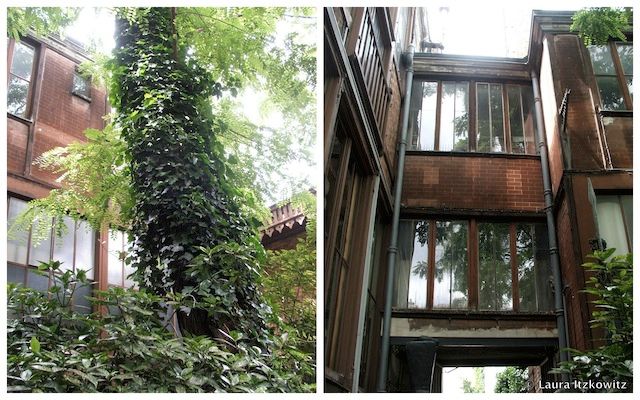
The Musée Zadkine is a mid-twentieth century studio tucked away near the Jardin de Luxembourg. Stepping into the overgrown courtyard is like entering a little oasis where bronze figures throw their arms up toward the heavens. Inside, the studio is drenched in sun thanks to the skylights. In the late afternoon, the sun’s rays shine down on the abstract wooden sculptures that populate the museum. Ossip Zadkine was a Russian modernist sculptor who immigrated to Paris in 1909 to study at L’École des Beaux-Arts. In 1911, his sculptures and drawings were shown at Le Salon des Indépendants. He moved to the house on rue d’Assas in 1929 and made it his studio. His wife turned it into a museum in 1978 according to his wishes.

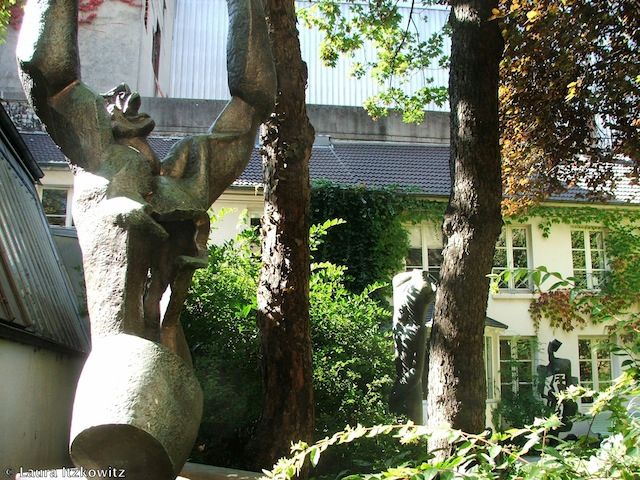
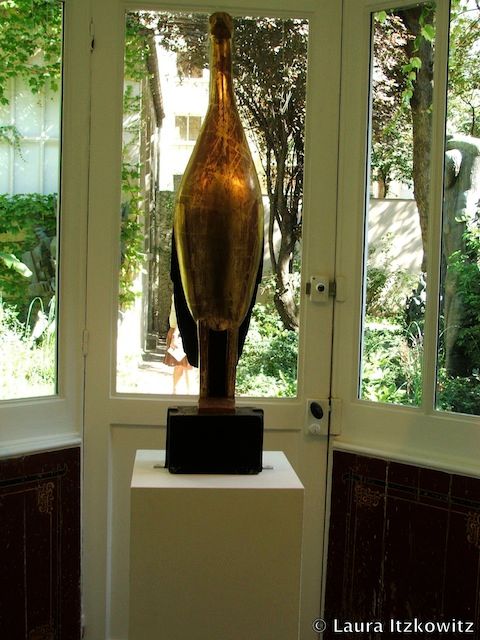
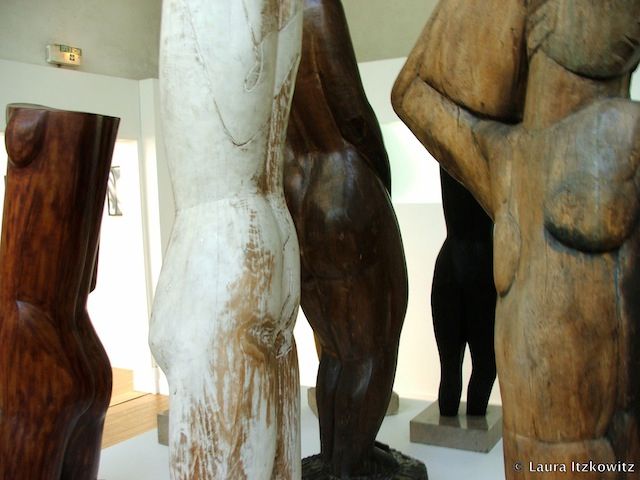
Though Delacroix’s most famous paintings are housed at The Louvre, his home and studio on Place Furstenberg is a beautiful little enclave that will give you some insight into the legendary painter’s life. He is credited with inspiring the Impressionists with his bold use of color and expressive brushstrokes. Though he is most famous for his 1830 masterpiece Lady Liberty Leading the People, he also produced some beautiful paintings inspired by his travels in North Africa. In the museum, you can see not only his paintings and drawings, but also the trinkets he collected on his travels.
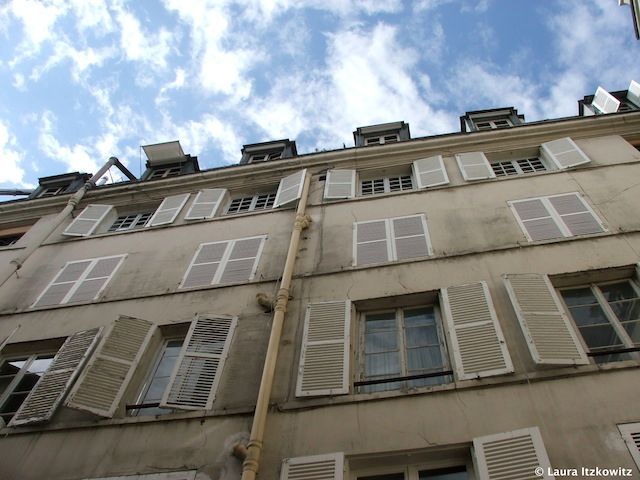
Though he quit school at L’École des Beaux-Arts, Gustave Moreau created an incredible collection of over 8,000 paintings which are now housed in his former home and studio. Moreau’s style was inspired by Delacroix’s use of vibrant colors and dramatic figures, as well as by the Italian masters whose works he came to know during the years he lived in Italy. He was invited to Compiègne by Napoleon III and became a Knight of the Legion of Honor. He eventually taught at the École des Beaux-Arts and inspired the next generation of painters, including Matisse and Vlaminck. Though his early paintings are full of Biblical, mythological and literary references, his style evolved towards a more symbolist style of painting, as you can see in the museum.
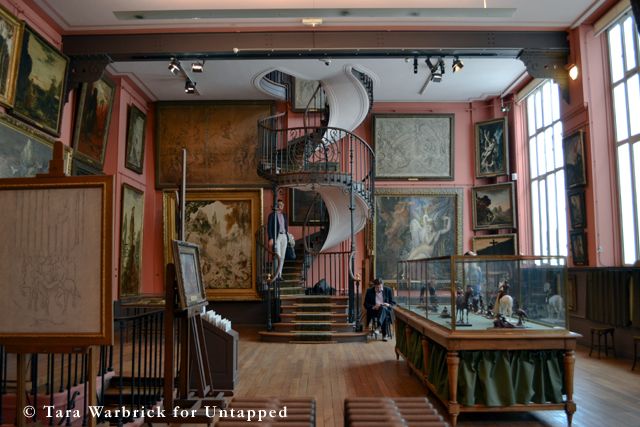
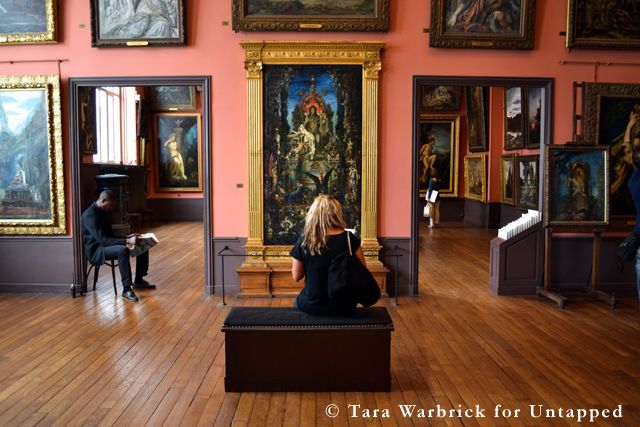
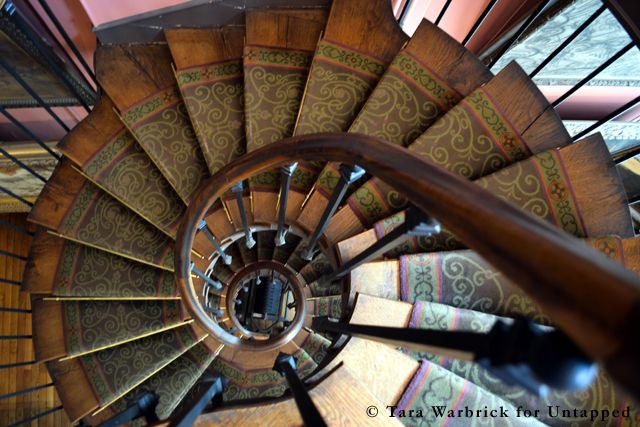
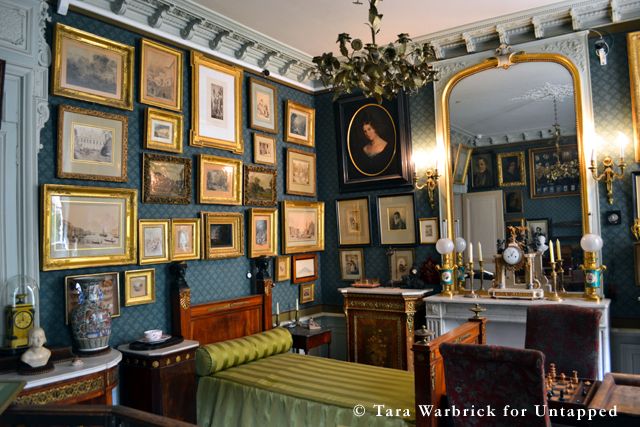
Musée Rodin [map]
79, rue de Varenne
75007 Paris
Musée Bourdelle [map]
18, rue Antoine Bourdelle
75015 Paris
Musée Zadkine [map]
100 bis, rue d’Assas
75006 Paris
Temporarily closed until Autumn 2012
Musée Delacroix [map]
6 rue de Furstenberg
75006 Paris
Musée Gustave Moreau [map]
14 rue de la Rouchefoucauld
75009 Paris
Get in touch with the author @lauraitzkowitz
Subscribe to our newsletter